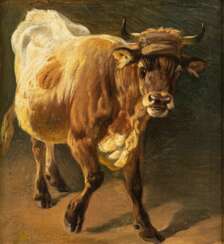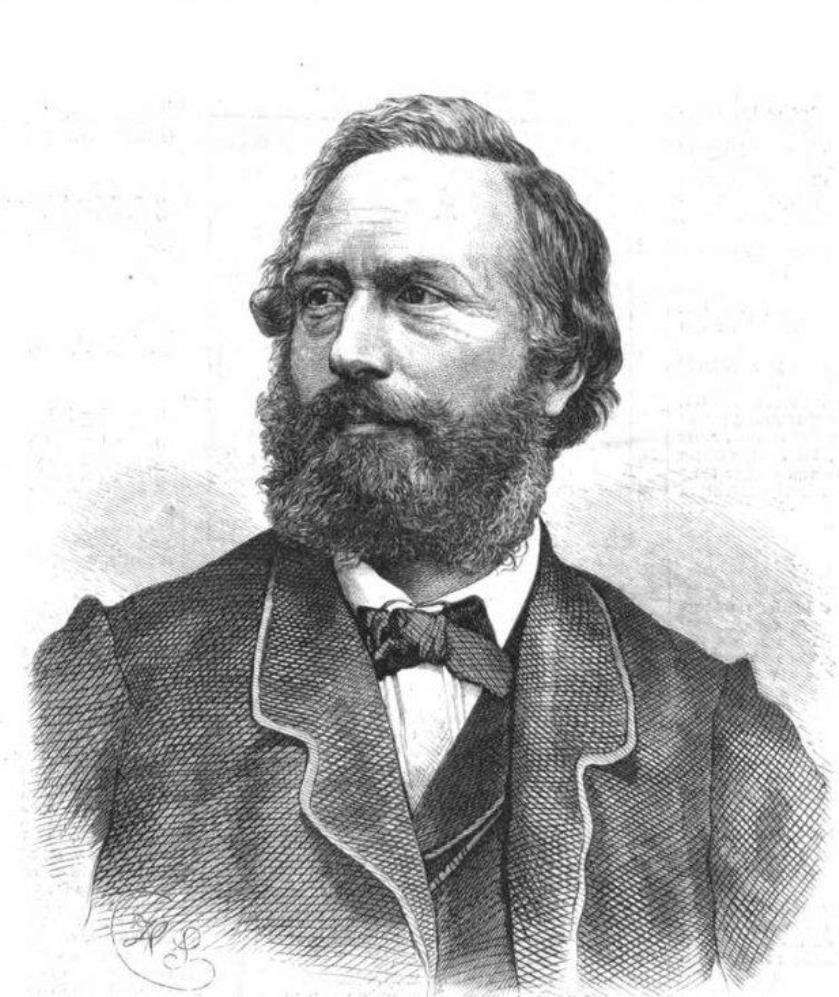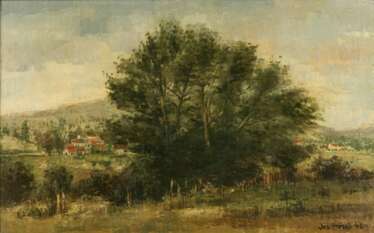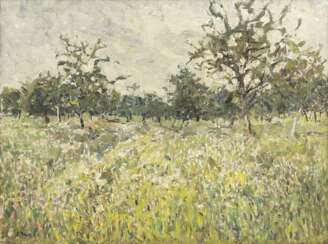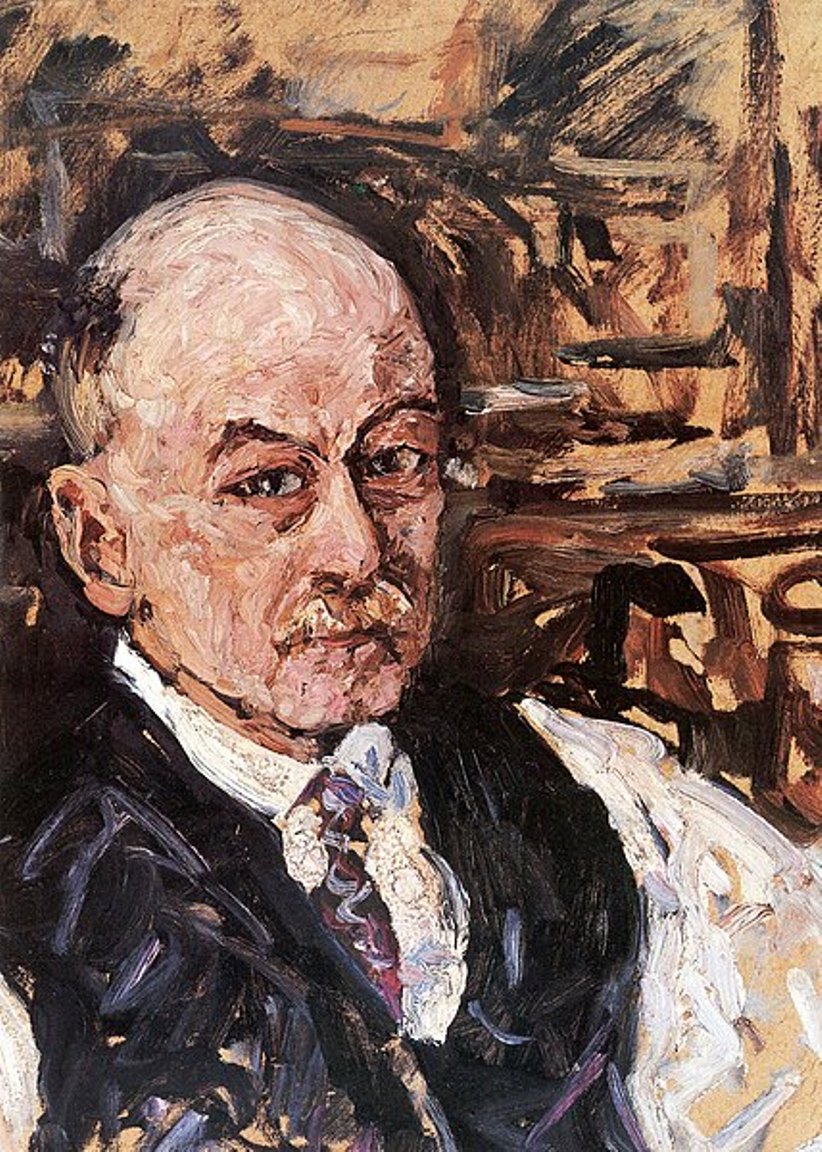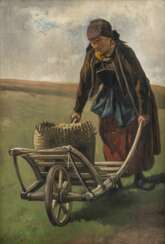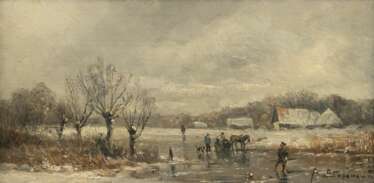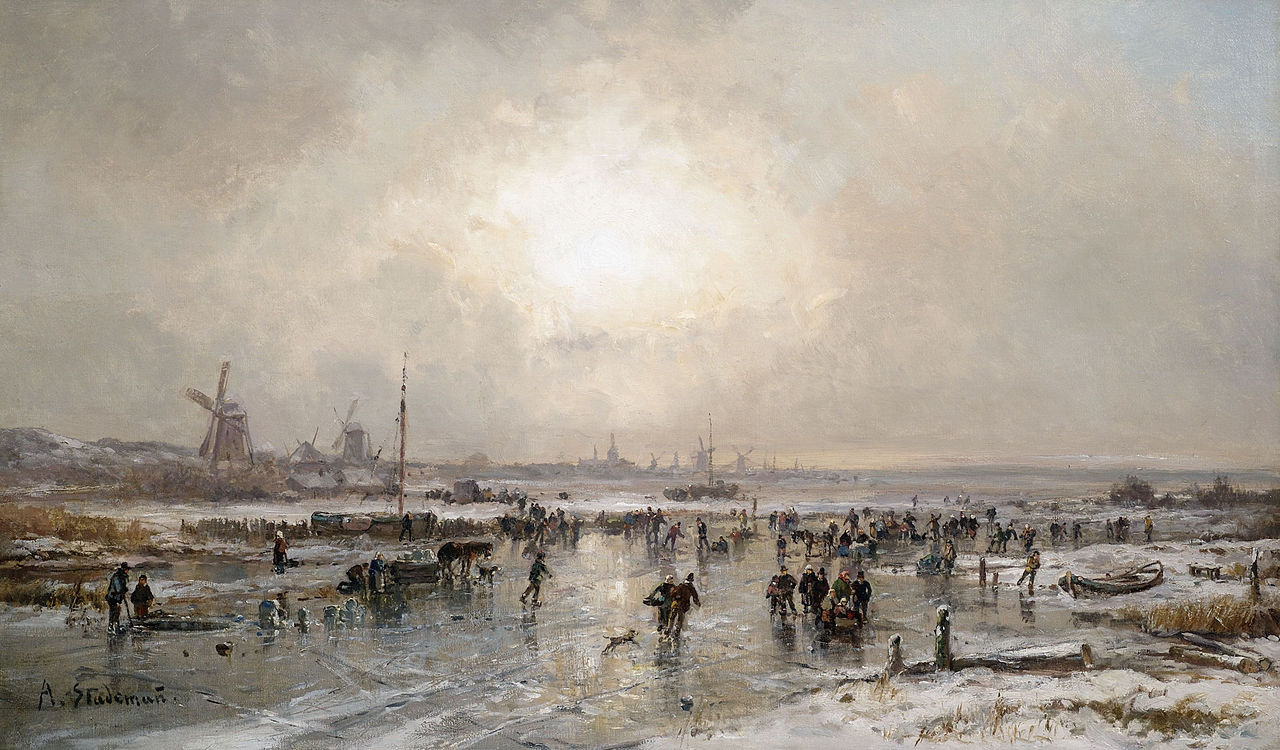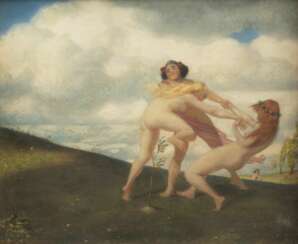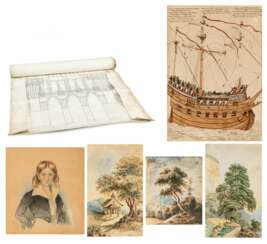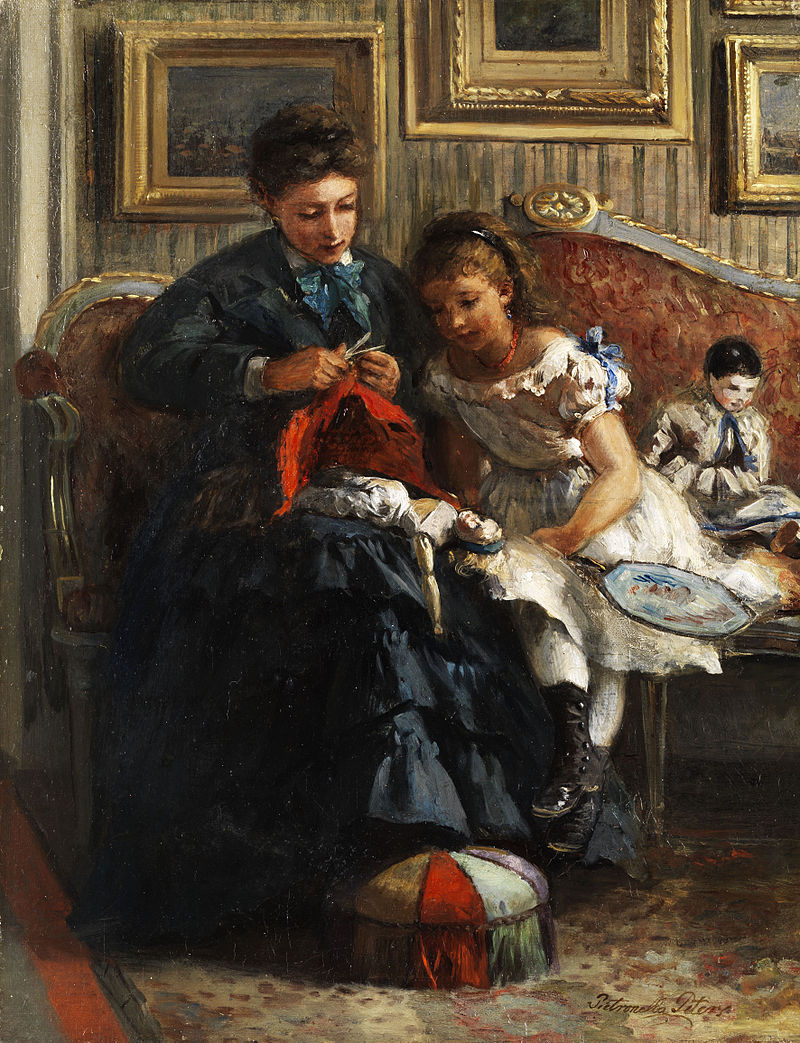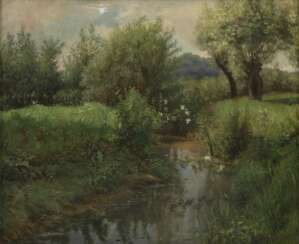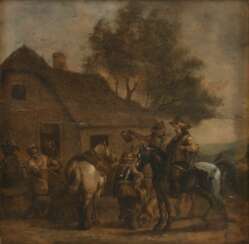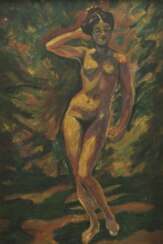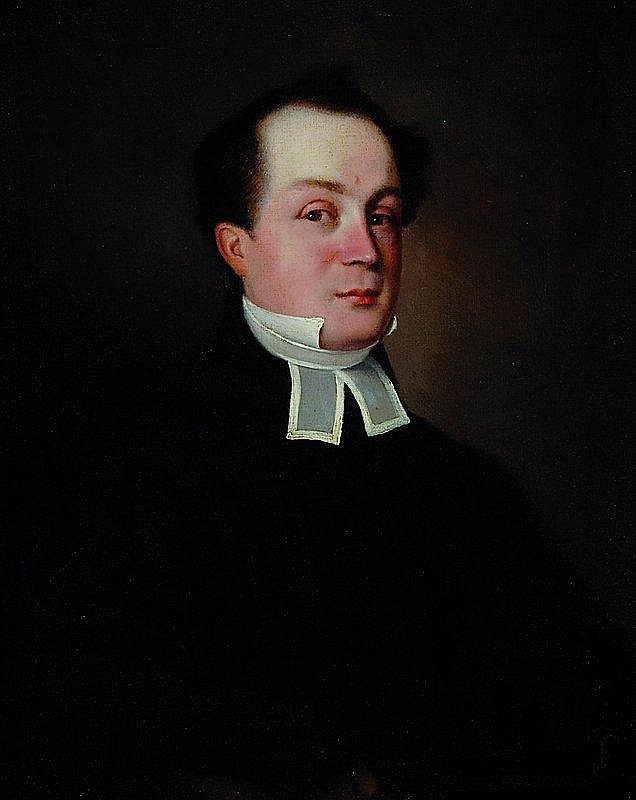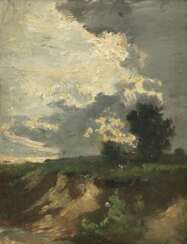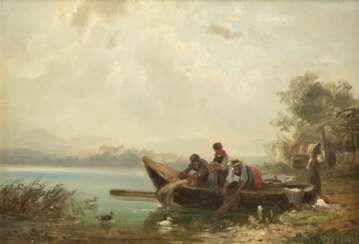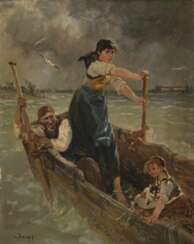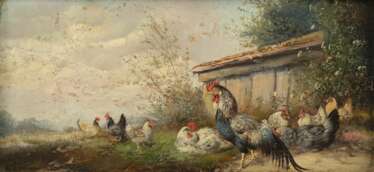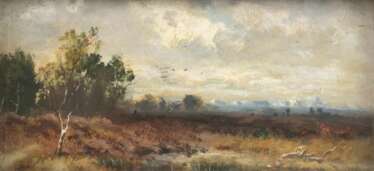
Paintings — 813 | Varia - Abbildungen
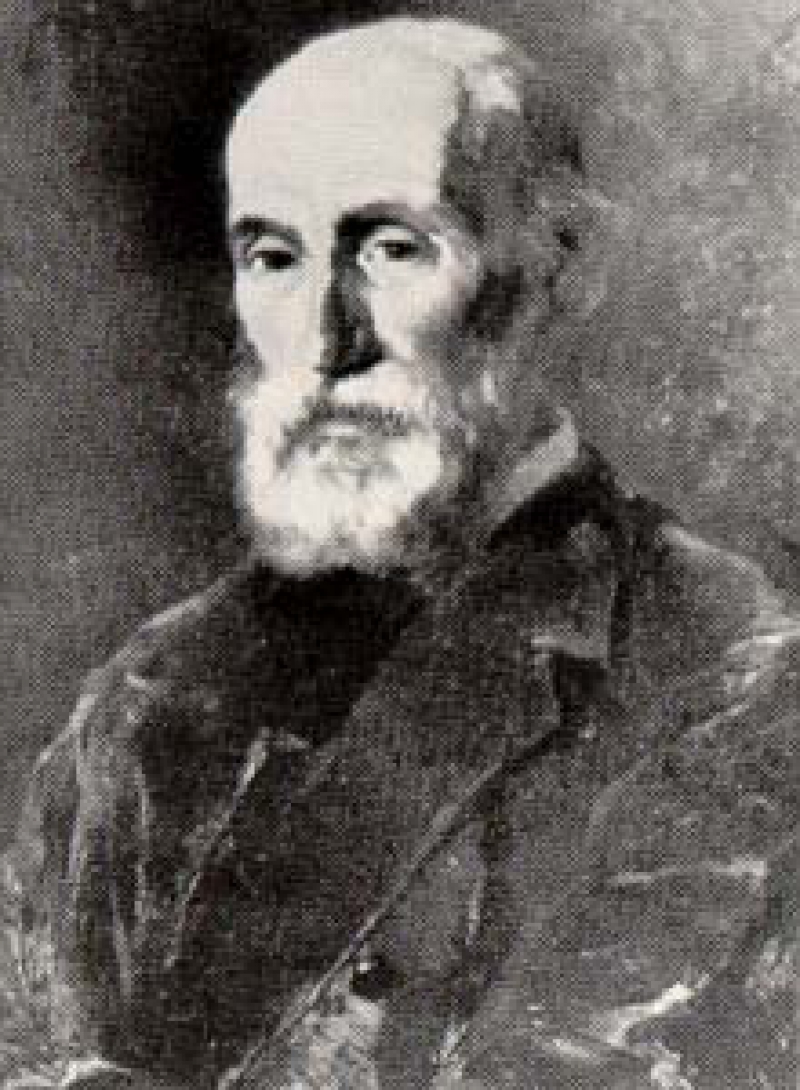
Christian Friedrich Mali was a German painter of the second half of the nineteenth and early twentieth centuries of Dutch origin. He is known as an animalist, landscape painter and genre painter of the Munich school.
Mali focused more on landscapes early in his career, favoring the landscapes of Garmisch-Partenkirchen and the Swabian Alps. After traveling to Italy, he pursued architectural painting. He later moved to Paris, where he became interested in animalistic painting, creating genre images depicting domestic animals.
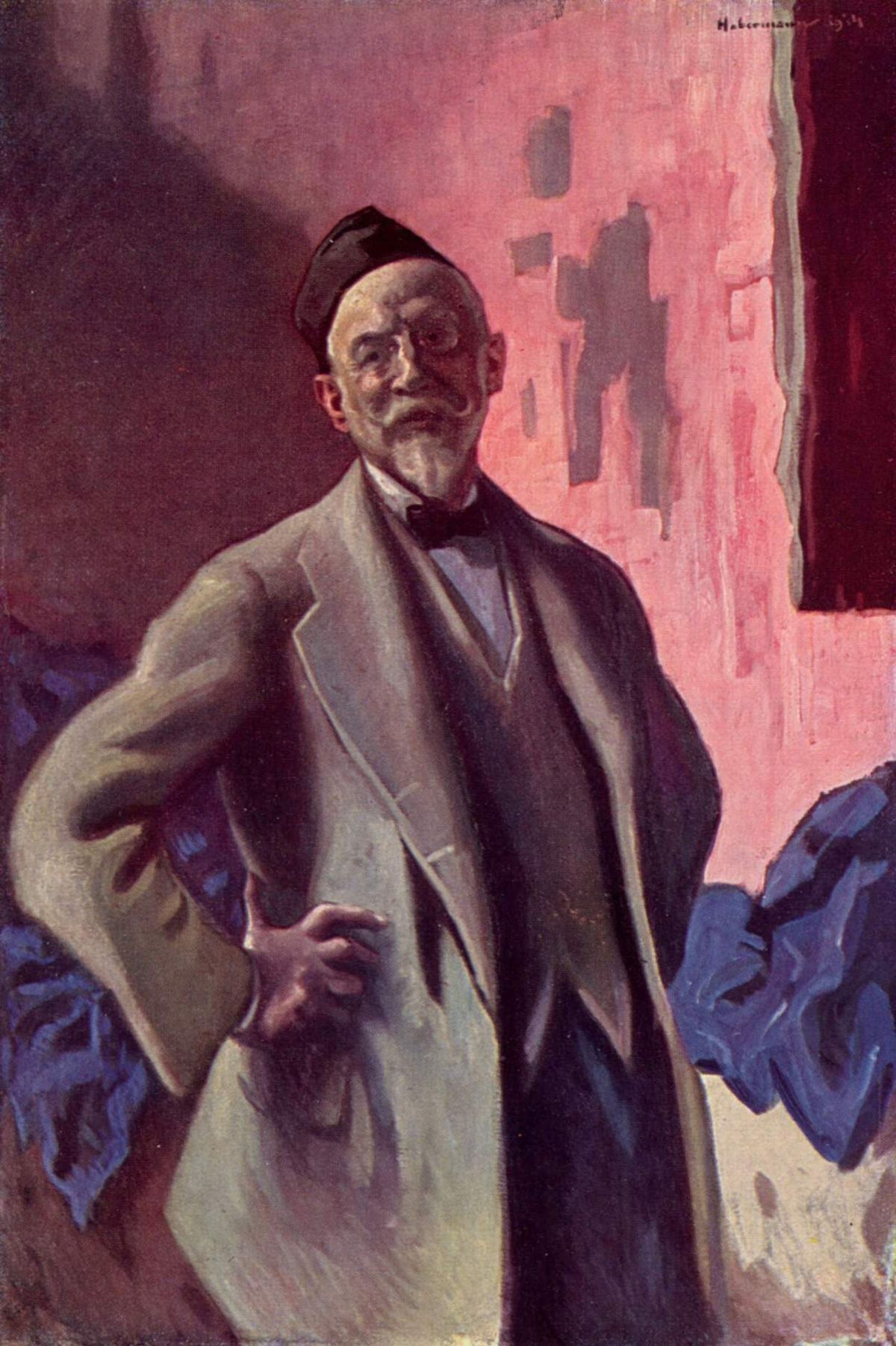
Hugo Joseph Anton Freiherr von Habermann was a German painter and draftsman. He is sometimes referred to as "the Elder" to distinguish him from his nephew of the same name, who was also a painter.
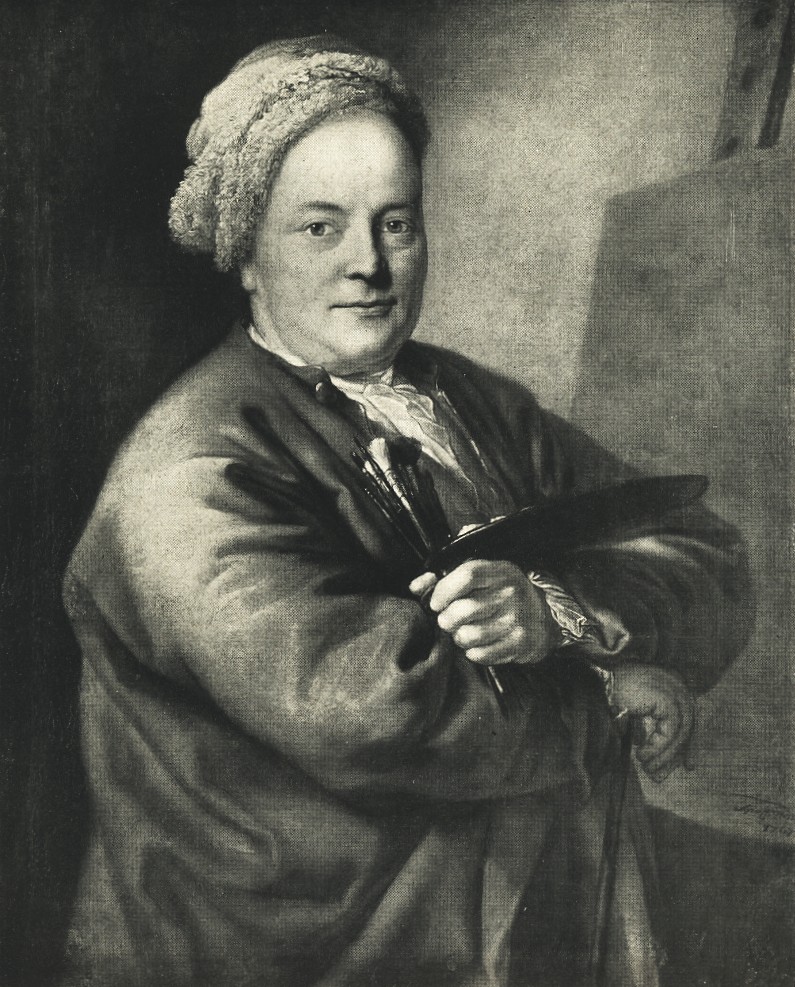
Christian Wilhelm Ernst Dietrich, also known as Christian Guillaume Ernest Dietricy, was a German painter and printmaker.
He was born in Weimar, Thuringia, into the family of the court painter Johann Georg Dietrich, and received his first training from his father. Dietrich worked in a variety of techniques and artistic movements of his time.
The talented artist took up any subjects: stories from the Old and New Testament, allegory and mythology, as well as portraits, genre scenes, portrayed ordinary people and livestock, painted coats of arms and vignettes, and more.
In 1764, Dietrich was appointed director of the painting school of the Meissen porcelain manufactory. The following year he became a professor at the Dresden Academy of Fine Arts. Works of Christian Wilhelm Dietrich can be found in many museums in Europe.
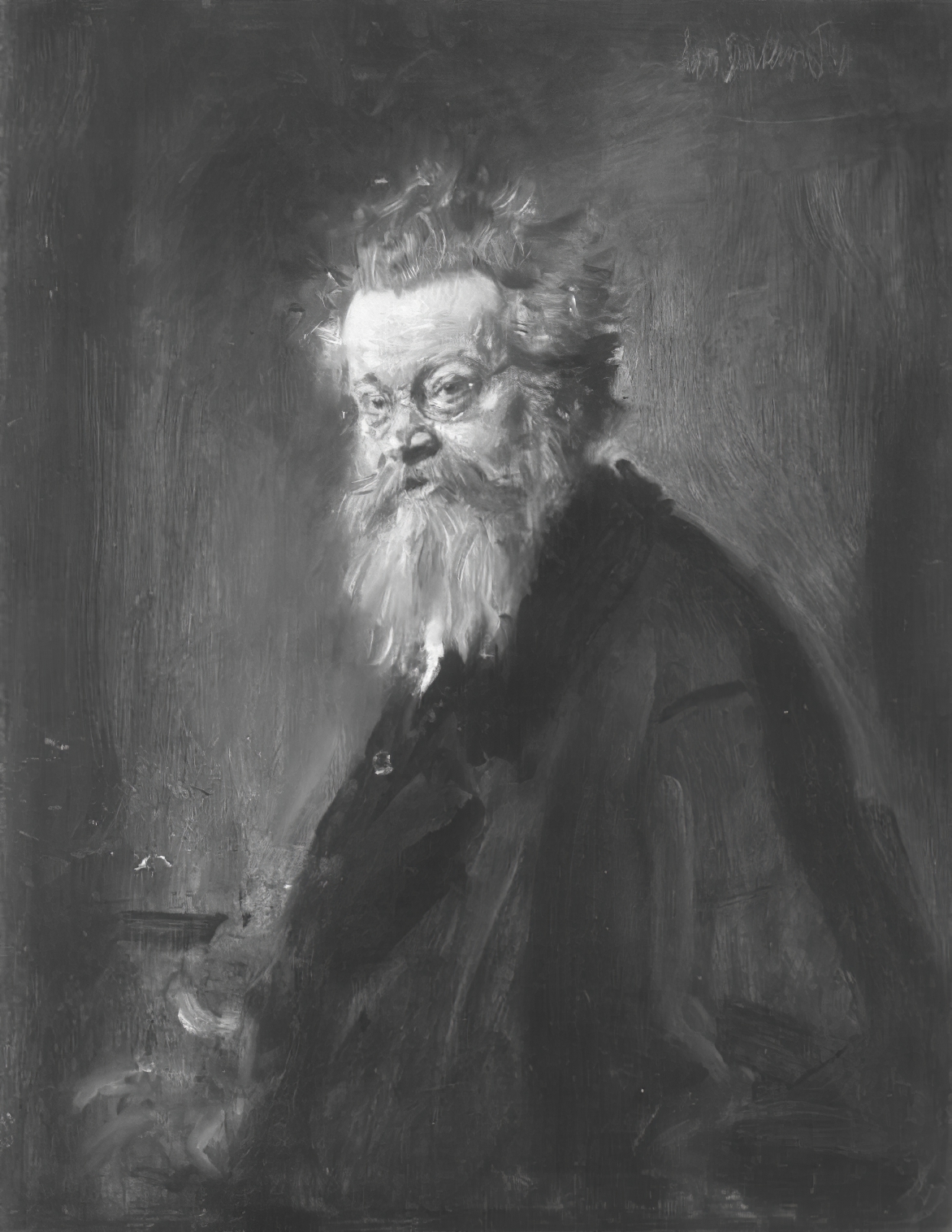
Joseph Wenglein was a German painter who is often referred to as one of the last significant landscape painters of the 19th century Munich school.
Parallel to his law studies Joseph Wenglein studied at the Academy of Fine Arts in Munich. He then switched entirely to art and became a pupil of the landscape painter Johann Gottfried Steffan. On his recommendation, Wenglein sometime later became a pupil of the painter Adolf Heinrich Lier, whose colouristic tendencies, calculated to express profound moods, particularly appealed to him.
Josef Wenglein knew how to reproduce the change of daylight, especially in spring and autumn, with a fine sense of the slightest atmospheric fluctuations and to vary the grey pleasant tone of the Bavarian plateau in all its nuances masterfully.
